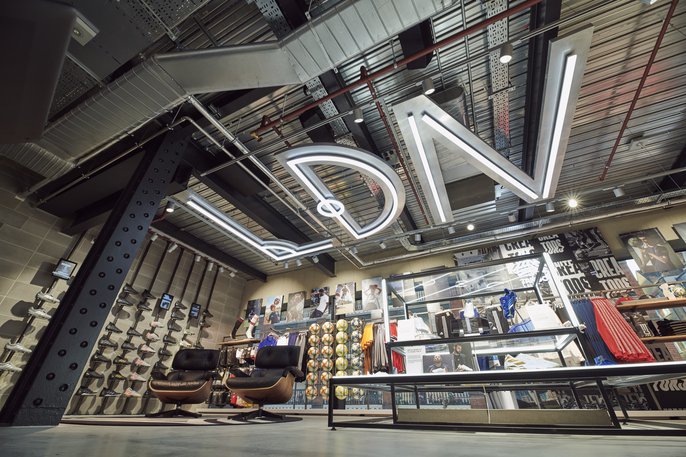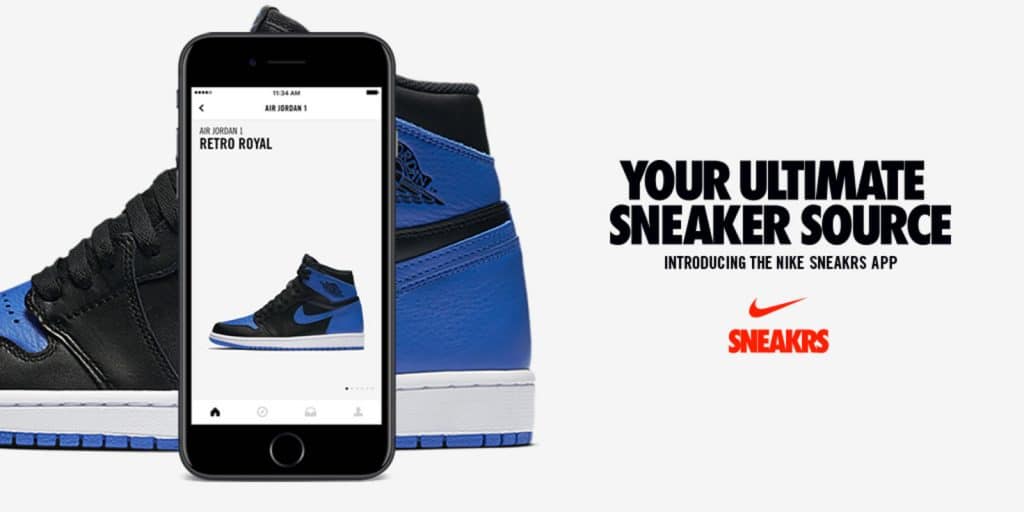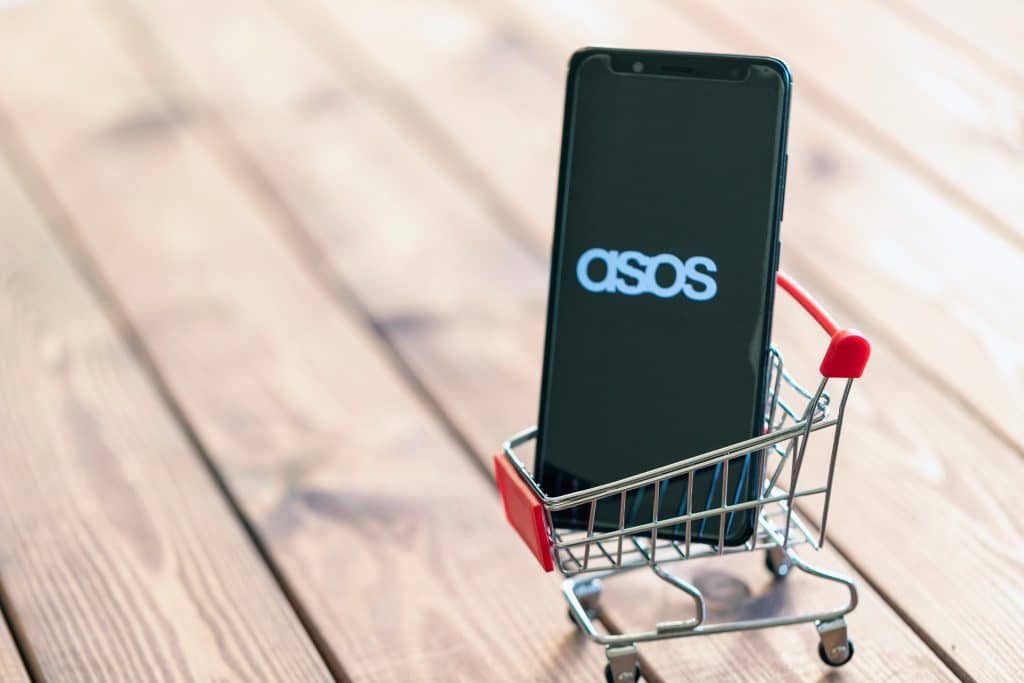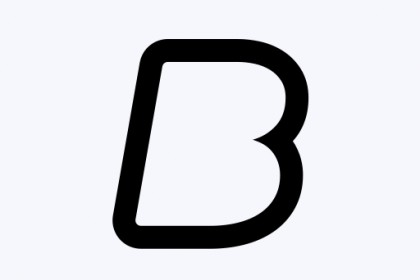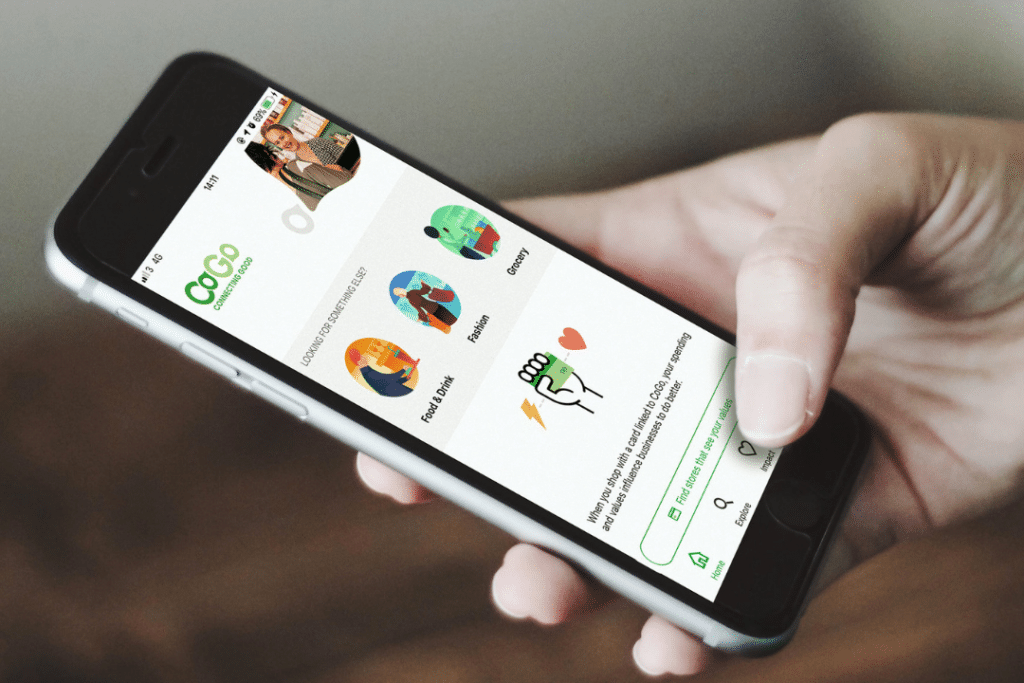WHAT IS IT?
Wish is a shopping app founded by two former Google and Yahoo employees which boasts a global user base of over 100 million.
It has pumped a lot of money into advertising and marketing, so the chances are you have heard of the platform, but surprisingly few people know much about it.
It is part of the increasingly popular influx of platforms selling largely Chinese-made products, but purports to sell items at between 60 and 90 per cent of the recommended retail price.
Unlike some other platforms selling ultra-cheap items form over seas sellers, Wish uses various techniques to encourage a quick purchase, and represents a different style of online shopping than its market rivals.
HOW DOES IT WORK?
Once the app is downloaded, you can sign up to shop on the app via your Facebook or Google accounts or enter it manually.
You are then presented with a choice of either a male or female, which will provide a foundation for Wish’s algorithm to begin recommending personalised products for you, based on which products you view and reject and your past purchases.
Straight away you’re given a free gift, and you’re presented with a list of items like laser pointers, watches and toy magnets which you just have to pay shipping for to receive, for most items this is under £5.
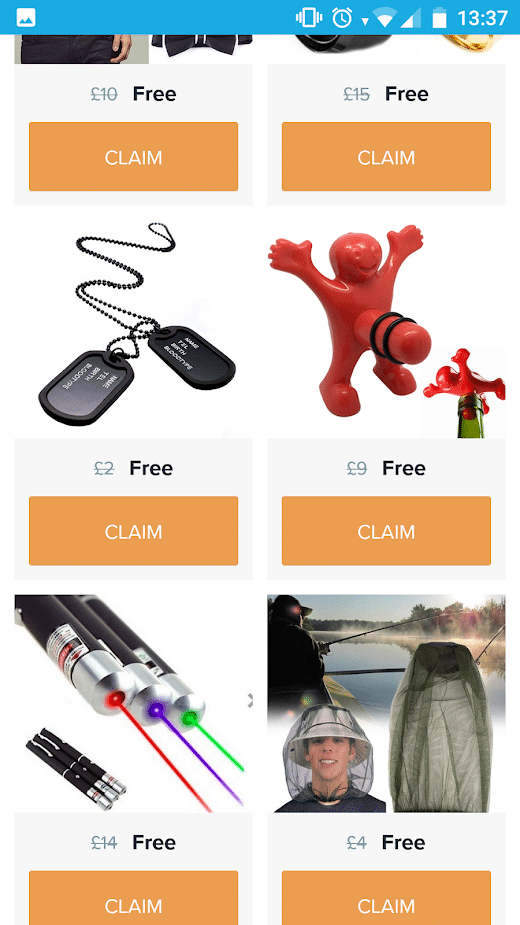
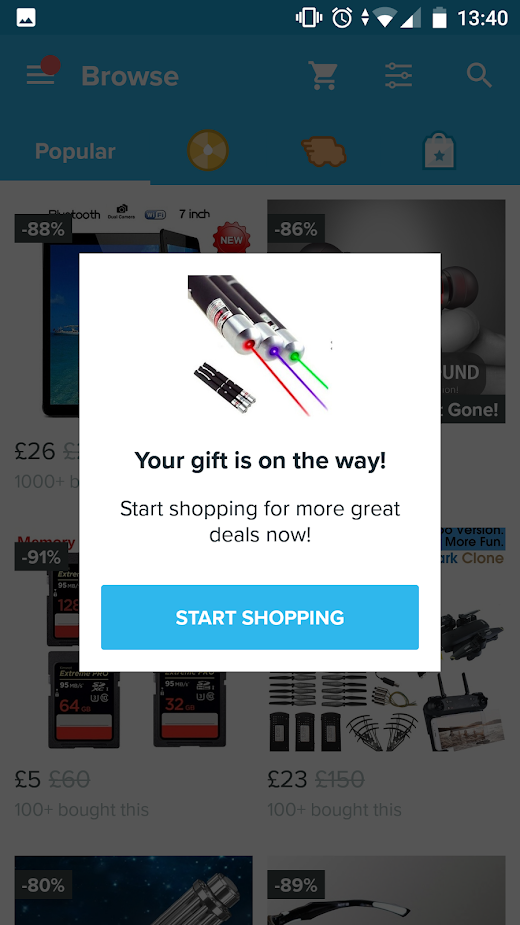
Once it goes into your basket, you can use Paypal, Googlepay or your credit card to pay. After your first purchase, the pay screen will present you with an option to simply slide and make an instant purchase.
The main page allows you to browse the “most popular” items based on your search history, and will display what it says is the recommended retail price for each item, along with how much you will save if you buy it.
Alongside the search bar, which also includes a picture search option, there are three main sections.
The first is a “Blitz Buy” bar, which presents you with a roulette style wheel that when spun, will offer extra discounts on items. It will the take you to a page displaying the “top 10 best sellers” of the day, and encourage you to buy them at a further discount before the timer runs out. This included items ranging from a lock pick set to a unicorn pen.
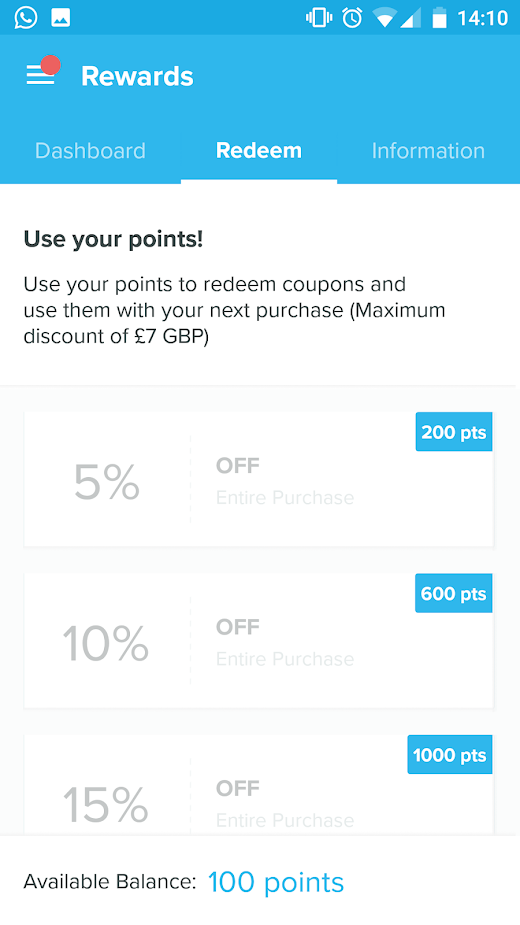
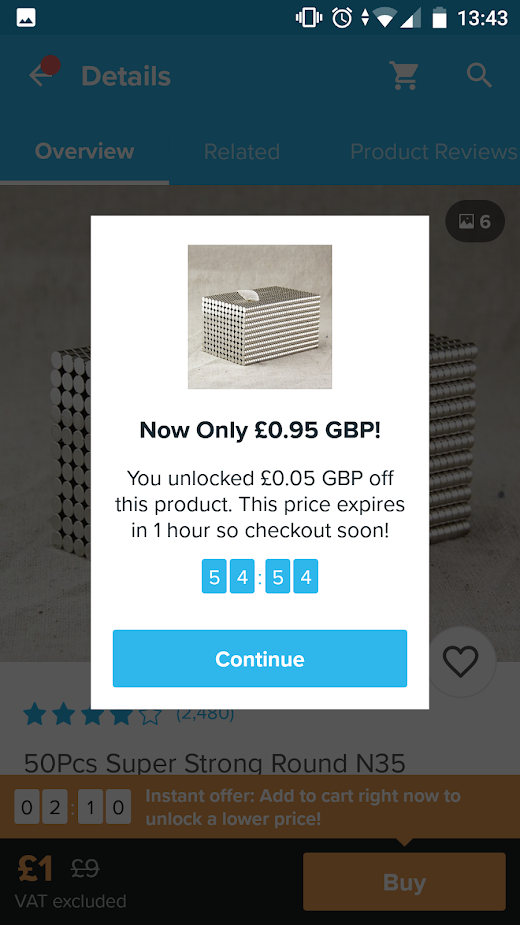
The next is a “Fast Delivery” section, which displays items you’re likely to receive within a week.
Finally, there is Wish’s “Outlet” section, where it claims to sell well known brands’ at heavily discounted prices.
Each day you sign in you’ll be given reward points, which you can trade in for a certain percentage off items, though its limits this to £8.
When browsing you’ll also come across lots of “just pay shipping” items, where you’ll pay around £2.50 for the item to be shipped to you.
Another method Wish uses to supposedly drive discounts is “buy with other shoppers” where you can purchase the item with someone else to increase the order size from the manufacturer, therefore driving down the final price.
HOW WELL DOES IT WORK?
Signing up and getting onto the site is very slick and easy, and you’ll soon find yourself bombarded with discount messages and notifications about “instant offers”.
To start with this is tantalizing, all the goods seem to be unbelievably cheap and just keep getting cheaper through all the discounts piled on top (which are usually around 5 to 15 per cent).
Before you even have the chance to browse properly, you’re likely to have a free item you didn’t really want in the post, but just paid 40p for shipping for because it seems like a bargain.
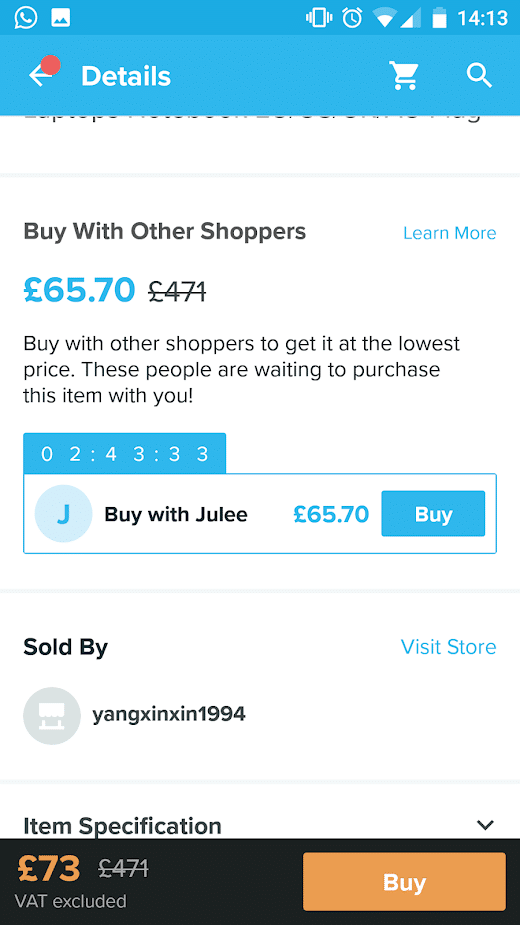
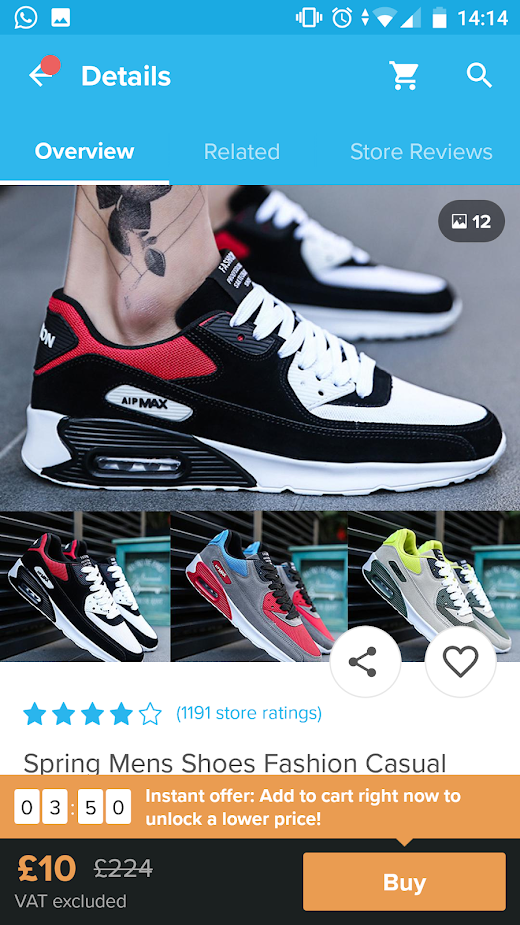
You’ll also be continually on the clock, with timers starting from whenever you put an item in your basket offering you further discounts if you buy within the allotted time.
After a few notifications that you’ve left something in your basket and endless confusing added discounts, the novelty soon wears thin, and you can take a closer look at the items on sales.
The sellers are all independent, and the quality and price of items varies considerably. What soon becomes apparent is the abundance of off-brand items which are so close to their branded counterparts.
If you search Nike for example, a pair of Air Max trainers is displayed for £10, reportedly down from £225. They are so close to the original, it would be easy to be so caught up in the perceived discount that you wouldn’t notice these were not real until your item arrived.
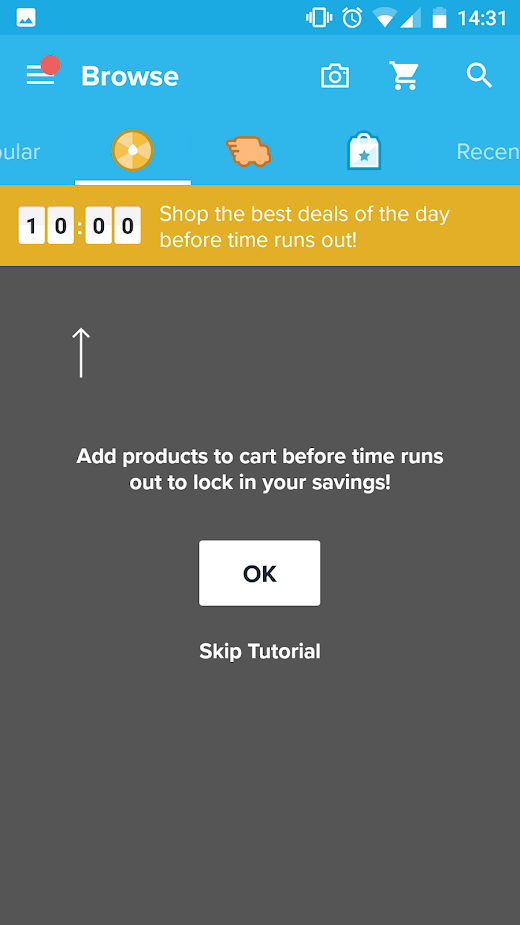

That’s not to say branded goods are not available. In the “Outlet” section you’re bombarded with various big brands at supposedly highly discounted prices.
A 100ml bottle of Giorgio Armani Eau De Nuit was advertised for £86, reduced from £172. At the time of writing John Lewis sold the same product for £63.84 at the time of writing.
Its co-founder Mr. Szulczewski told the Washington Post that Wish vendors are free to price goods and make claims about discounts as they see fit, and from our research they certainly do, generally speaking any genuinely branded apps were more expensive than high street prices.
SHOULD I TRY IT?
As an app this works well, there were no technical issues or complicated information needed.
Its concepts for discounts also worked well in theory, buying with other people to lower the wholesale price is a smart idea that innovative shoppers have been using since ecommerce started.
That’s really where the positives stop. It’s easy to see how you could get caught up in all the bargains and Wish works hard to throw so much at you you’ll stay caught up (I have had three reminders I left something in my basket since writing this).
Though I have not yet received any items in the post from the website, Trustpilot customers cite long delivery times, poor quality products and lack of customer service as their main qualms.
With such a huge market available, there are certainly bargains to be had here.
But with such a relentless bombardment of discounts and pressure to buy, and a limited marketplace compared to the likes of Alibaba, there’s very little reason why you’d choose Wish over its competitors.
Click here to sign up to Retail Gazette‘s free daily email newsletter





